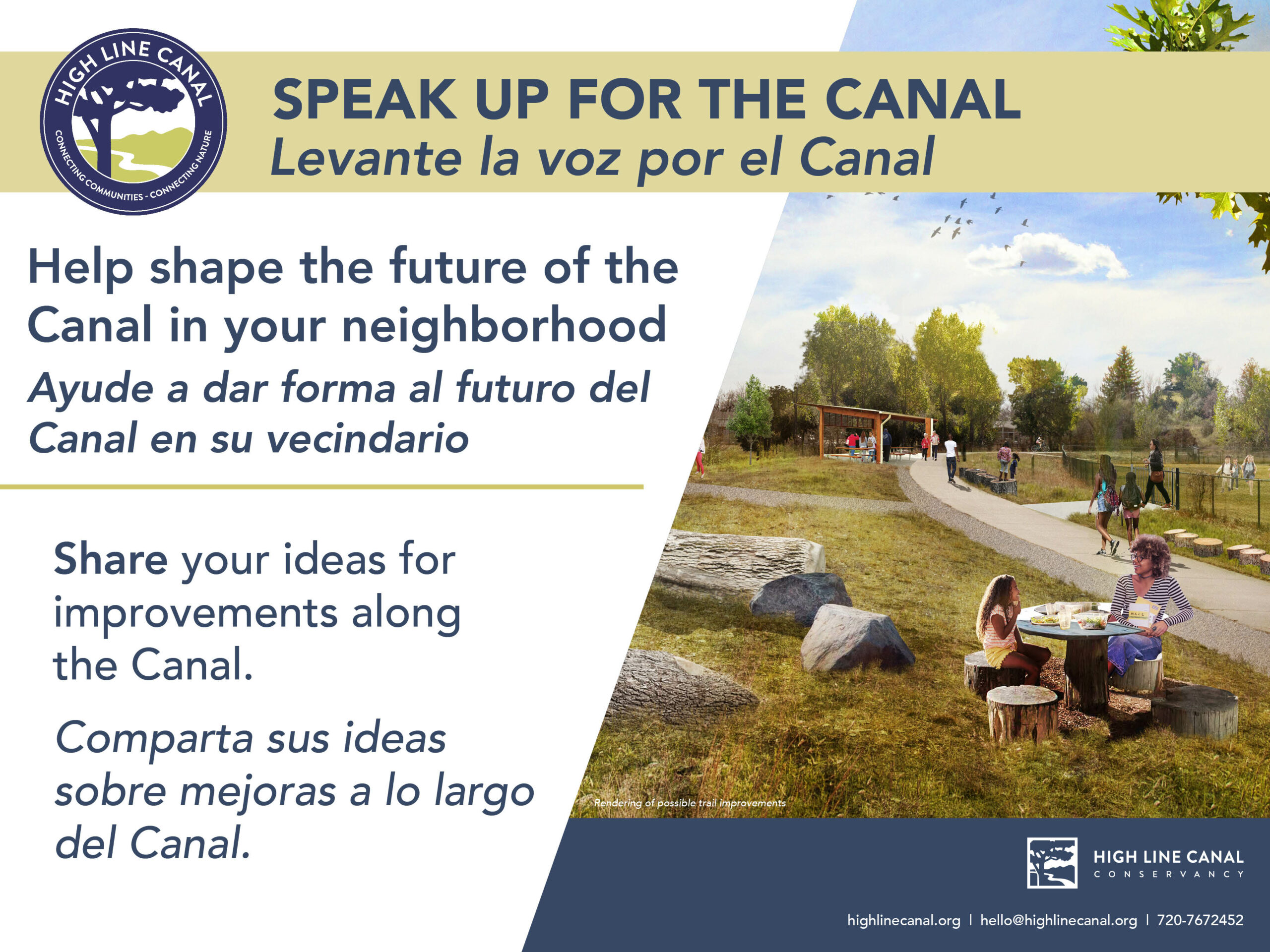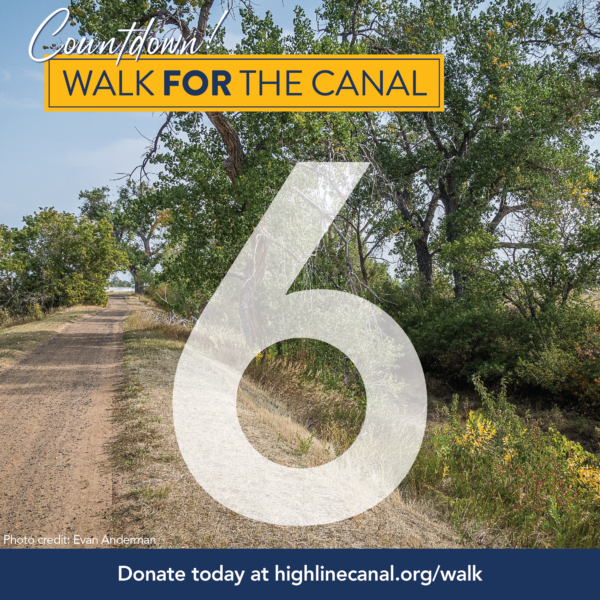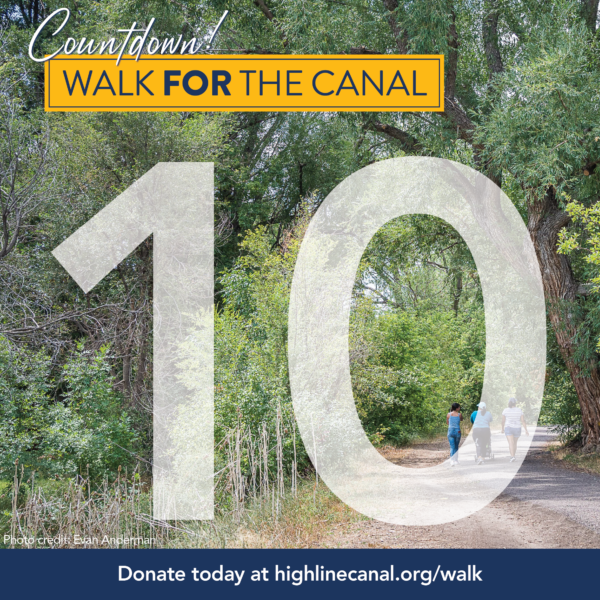Denver Botanic Gardens’ research and conservation department has partnered with the High Line Canal Conservancy to survey plant communities along the 71-mile Trail. The Gardens’ intensive data collection will occur May – September. Upon completion, the Conservancy will finalize landscape guidelines as part of the High Line Canal Framework Plan – a multi-year implementation plan that is currently underway to ensure the Canal reaches its greatest potential as an environmental and recreational asset. The landscape guidelines will honor the historical and native vegetation along the Canal – dating back to the 1880s – and help to restore and enrich the Canal’s landscape for generations to come.
The High Line Canal Trail has five character zones, each providing a different experience to users based on topography, the surrounding view and tree cover. The Canal Trail starts in the rugged Wild Canyon zone in the foothills southwest of Denver and ends to the northeast, in Aurora’s Prairie Retreat zone. Between these bookends, the Canal Trail passes through the relatively open Rolling Foothills zone, into the shadier and more protected Wooded Village zone and then through the Urban Refuge zone, where the Canal Trail connects to a greater density of homes and businesses.
A full assessment of the plant species within each zone has never been made. Due to the complex land use history along the Canal, there is likely to be a mix of native and non-native species, including some cultivated species that spread from residential gardens. Documenting present species and estimating how common they are along different parts of the corridor is critical to understanding the Canal’s ecological functions, including providing wildlife habitats. All data collected by the Gardens will be made public, including images and species lists.
Harriet Crittenden LaMair, Executive Director of the Conservancy says, “We are thrilled to work with Denver Botanic Gardens on this important project, not only for plant and ecosystem restoration, but for the enjoyment of the public who utilizes the trail. The Canal is a critical part of our history and we are very pleased the public wants it to remain a natural, peaceful place that is home to wildlife.”







